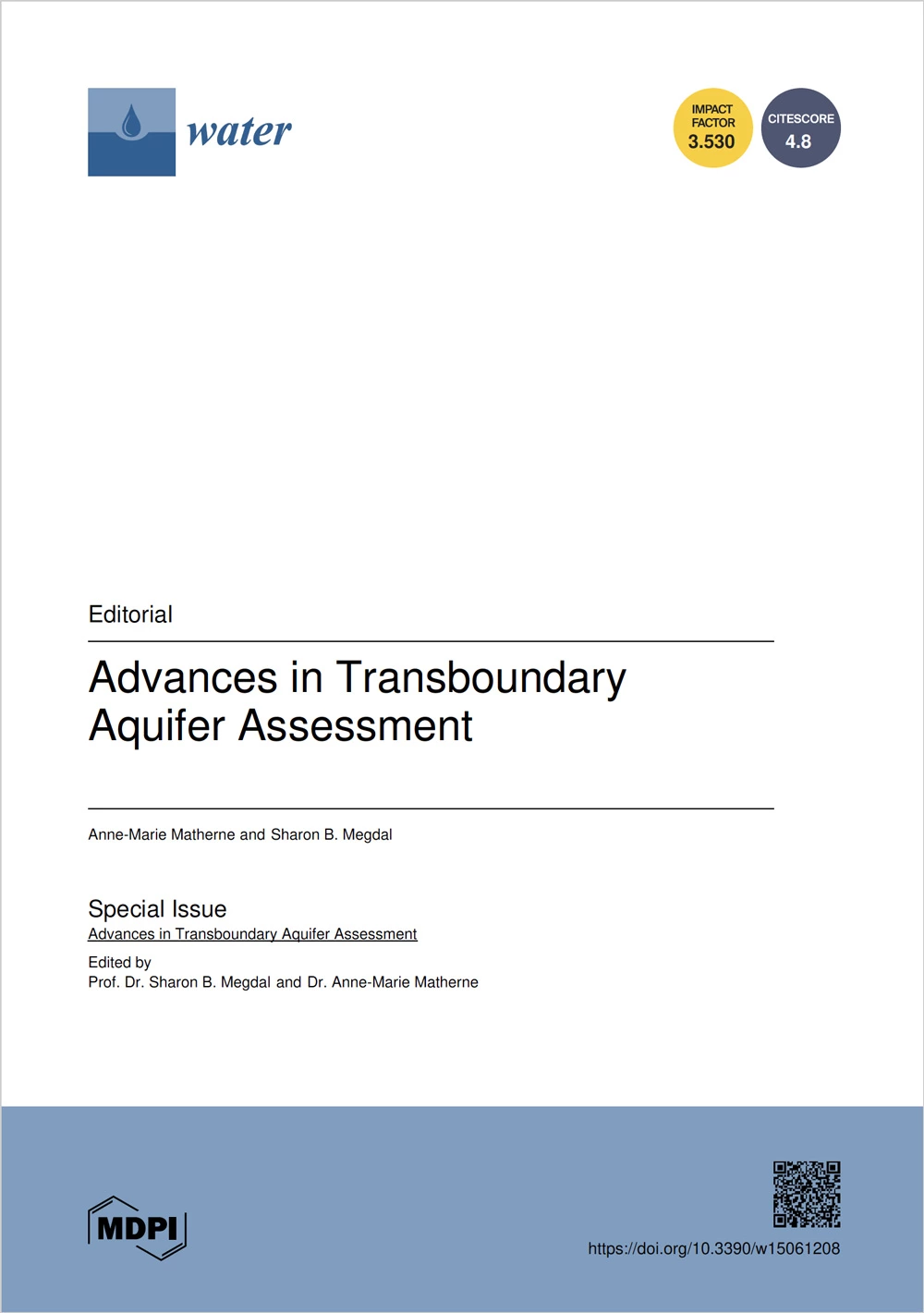
Groundwater serves the drinking water needs of about 50% of the global population and contributes to over 40% of the global production of irrigated crops. Over 40% of the world’s water is transboundary in nature, crossing a binational border [1]. Management of the joint resource between countries involves the cooperation of multiple jurisdictions, sometimes with different languages and cultures. Management decisions about use of the groundwater resources require a physical understanding of the aquifer [2], including groundwater availability, stressors on the system, and the potential for sustainable groundwater use. Information about the physical system can support informed decisions by governments and managers regarding the shared resource. This Special Issue, “Advances in Transboundary Aquifer Assessment”, is intended to highlight both recent work to advance the physical understanding of transboundary aquifers and factors relevant in successful collaboration on transboundary groundwater resource use.

